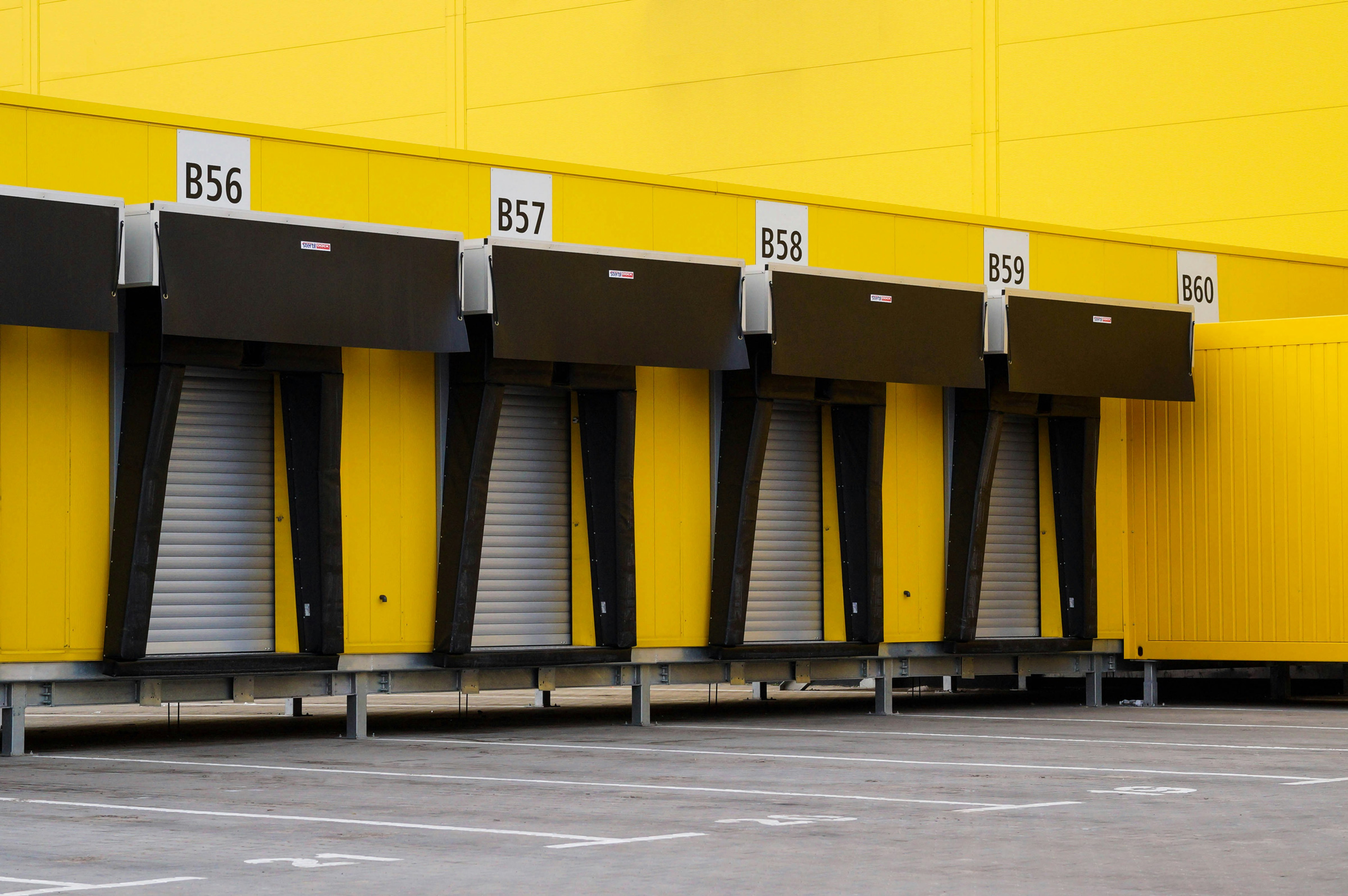Making Smart Energy-Saving Products More Accessible
Let's Save Energy
Alliance to Save Energy's Blog

Guest blog by Jeff Hamel, Director of Industry Partnerships at Google.
It’s a challenge that’s existed since the beginning of the energy efficiency movement: those who would benefit the most from energy cost savings are the same people who have the most trouble affording energy-efficient products. This challenge may be accentuated in the era of Active Efficiency, in which smart products (for example, smart thermostats, home energy management systems, and connected lighting) offer new opportunities to optimize energy use and save money on bills, but are currently inaccessible for too many households. So what are the barriers preventing these products from helping improve the efficiency of more homes – and what steps can we take to address them?
Key barriers to adopting smart products that can improve efficiency
While the upfront cost of smart products can be a challenge for many households trying to save energy, there’s more to the story. Low-income, Black, Hispanic, Native American, and older adult households statistically face a higher energy burden—or percentage of income spent on energy costs—than other households, and it’s not just a matter of less income: these households’ homes may have unnecessarily high energy bills due to a lack of foundational energy efficiency measures like insulation or ENERGY STAR-rated appliances. Basic home efficiency improvements are necessary in order to make the most of smart products.
These same households are also more likely to be renters, which raises the “incentive disconnect” problem of landlords having little incentive to invest in home efficiency improvements when renters pay utility bills. Another central challenge is broadband: many smart products require internet connectivity to work at their full potential, putting them out of reach for up to 42 million Americans, especially rural Americans, who still lack adequate broadband and urban Americans who can access broadband but can’t afford it. Improving home weatherization, providing incentives to landlords, and improving broadband access are therefore fundamental to deploying more smart products that enable deeper energy savings
Smart thermostat case study: Consumers Energy, Uplight, and Google collaborate in Michigan
The price of smart products must be addressed as part of the broader strategy to improve accessibility. One way is with utility programs that offer point-of-sale rebates. For instance, Michigan utility Consumers Energy has offered low to no-cost smart thermostats to up to 100,000 households in partnership with Google and Uplight. This initiative tweaked the customers' purchasing experience to improve accessibility: Consumers Energy set their Demand Response program rebates to automatically apply at the point of purchase rather than requiring customers to pay the full price upfront and then submit a rebate request. Google is expanding this streamlined approach by applying a customer’s local utility rebate directly to a smart thermostat purchase on gStore across other service territories, and by offering pre-enrollment in DR programs in certain areas.
Utilities are motivated to offer incentives for smart products that enable DR due to the grid benefits; for example, if smart thermostats are enrolled in a DR program, the utility can remotely adjust thermostats during times of peak demand—e.g .slightly adjusting individual thermostats during a heat wave or ice storm, providing a sufficient cumulative impact to prevent brownouts and blackouts. These utility incentive programs are therefore win-win: helping more families save on energy costs while expanding the grid-balancing benefits of DR.
Intentional accessibility is critical for change
The Consumers Energy program has experienced four times more DR enrollment compared to traditional enrollment methods. Out of the purchases made through the no-cost smart thermostat initiative to date, 85% of eligible customers pre-enrolled in Consumers’ demand response program.
Offering more programs that improve the accessibility of grid-enabled and energy-saving smart products to consumers will help not only reduce energy burdens, but also increase home comfort, provide stability to the grid, and reduce climate-warming emissions. Alongside addressing the key challenges of home weatherization, the incentive disconnect in rented housing, broadband access and affordability, scaling product affordability initiatives is essential to equitable technology deployment. The Active Efficiency Collaborative, which Google is proud to be a part of, is a community of stakeholders that envisions a more equitable, adaptable, and decarbonized energy system by leveraging smart technologies and demand response to improve energy performance. We must strive for equitable adoption of advanced energy-saving technologies to make Active Efficiency for everyone. Learn more about the Active Efficiency Collaborative and how to join.
STAY EMPOWERED
Help the Alliance advocate for policies to use energy more efficiently – supporting job creation, reduced emissions, and lower costs. Contact your member of Congress.
Energy efficiency is smart, nonpartisan, and practical. So are we. Our strength comes from an unparalleled group of Alliance Associates working collaboratively under the Alliance umbrella to pave the way for energy efficiency gains.
The power of efficiency is in your hands. Supporting the Alliance means supporting a vision for using energy more productively to achieve economic growth, a cleaner environment, and greater energy security, affordability, and reliability.



